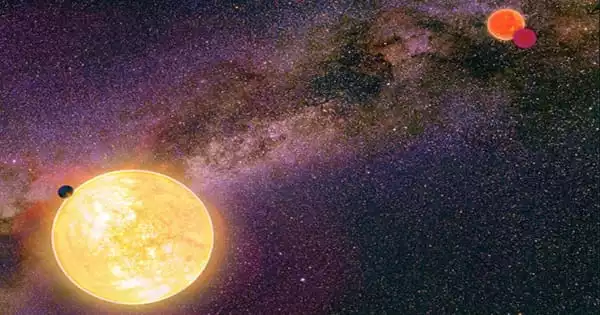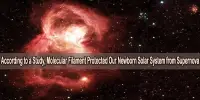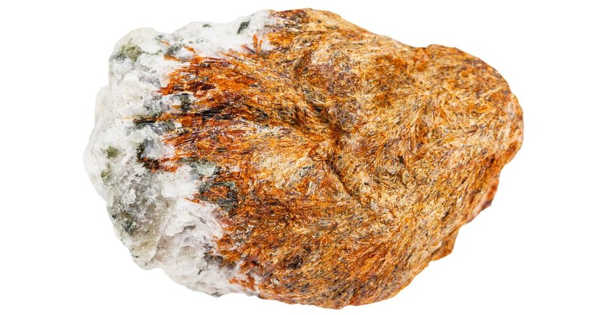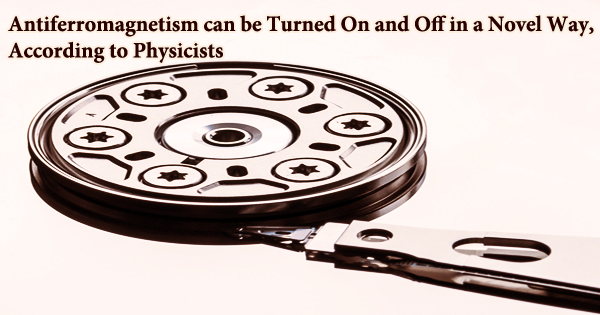NASA has issued a letter to the US government expressing concerns over SpaceX’s projected 30,000-satellite second-generation Starlink mega-constellation. NASA claims that SpaceX’s plans to fill the skies with thousands more Starlink satellites will result in a “significant increase” in potential collisions in low Earth orbit, as well as interfere with their science and human spaceflight missions, in a five-page letter to the Federal Communications Commission (FCC).
Starlink is a SpaceX-operated constellation of internet satellites that “beam down” broadband internet around the world. While it is costly, it is particularly useful for providing high-speed internet to people who reside in rural locations with limited access to the internet. The aerospace corporation had previously been granted permission to launch roughly 12,000 satellites, but has recently asked permission to launch a 30,000-satellite second-generation constellation. According to NASA, this expansion would more than treble the number of tracked objects in Earth’s orbit and more than five-fold the number of objects below 600 kilometers (372 miles). They claim that this is a disaster waiting to happen.
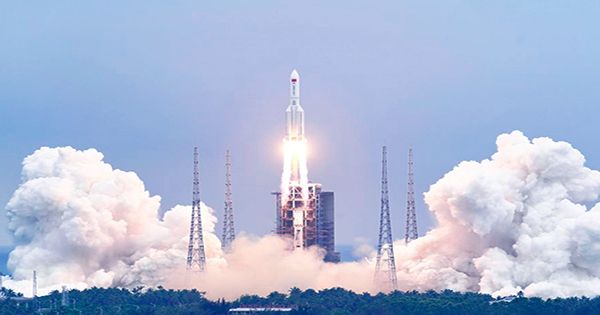
“Based on the number of items alone, an increase of this magnitude into these constrained altitude zones naturally entails higher danger of debris-generating collision events,” the letter reads. “NASA expects an increase in conjunctions between existing and upcoming science missions, as well as human space flight operations.” The letter also refutes SpaceX’s argument that satellite collisions aren’t a concern since they can auto-maneuver out of the path, claiming that this claim lacks “statistical justification.”
NASA’s note of concern comes a week after SpaceX deployed 49 satellites, 40 of which were lost after a geomagnetic storm hit Earth the day after launch, causing the satellites to burn up in the atmosphere. Many people have already expressed concerns about low-Earth orbit and the mega-constellation being overcrowded. According to some estimations, SpaceX Starlink satellites are responsible for up to 50% of all close orbital encounters.
Elon Musk, the founder and CEO of SpaceX, however, denies that there is a significant problem, equating his Starlink fleet to “a couple of thousand vehicles on Earth.” Last year, he told the Financial Times, “Space is really immense, and satellites are relatively small.”
Starlink’s satellite network has attracted debate even beyond the issue of satellite congestion. Thousands of satellites are filling the skies, making it difficult for astronomers, astrophotographers, and satellite operators to see and photograph the night sky, according to many astronomers, astrophotographers, and satellite operators. Things are only going to get more congested with 30,000 additional satellites in orbit.

